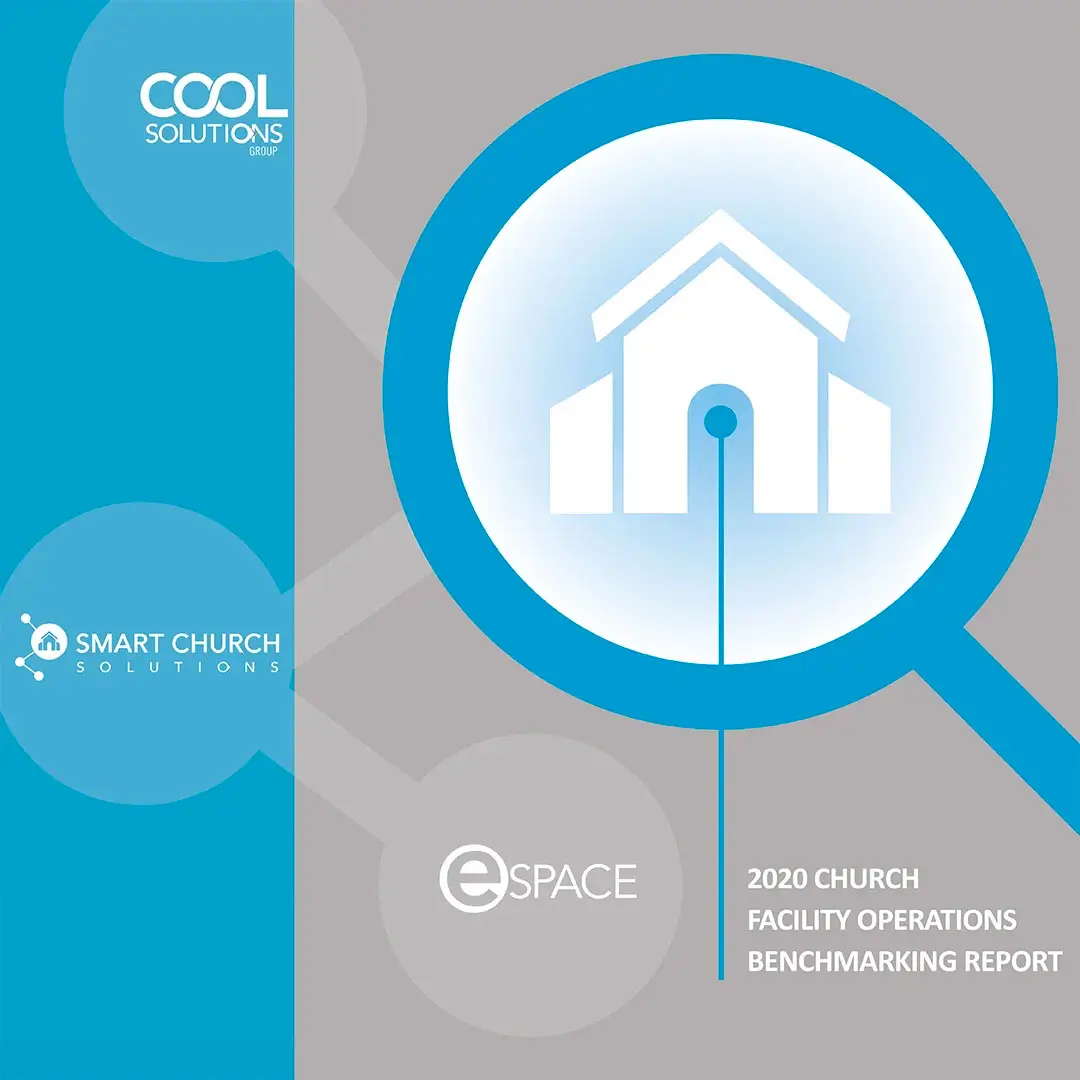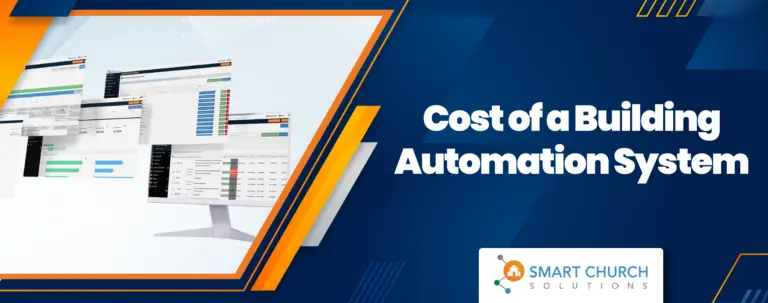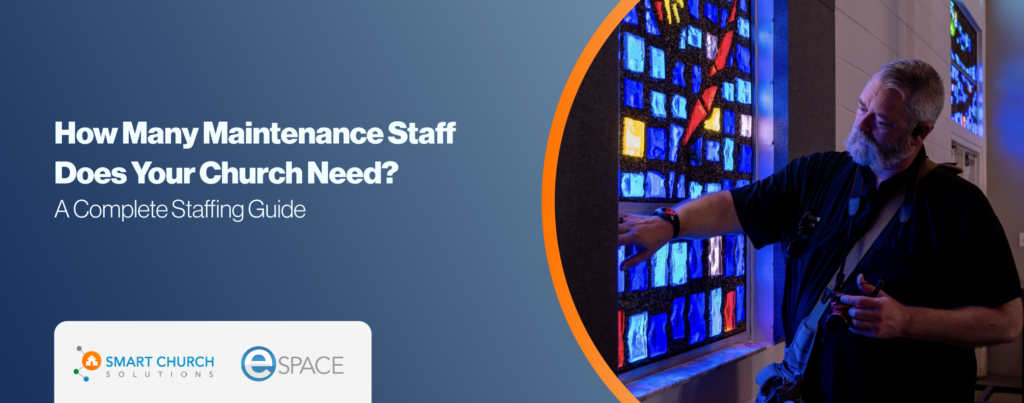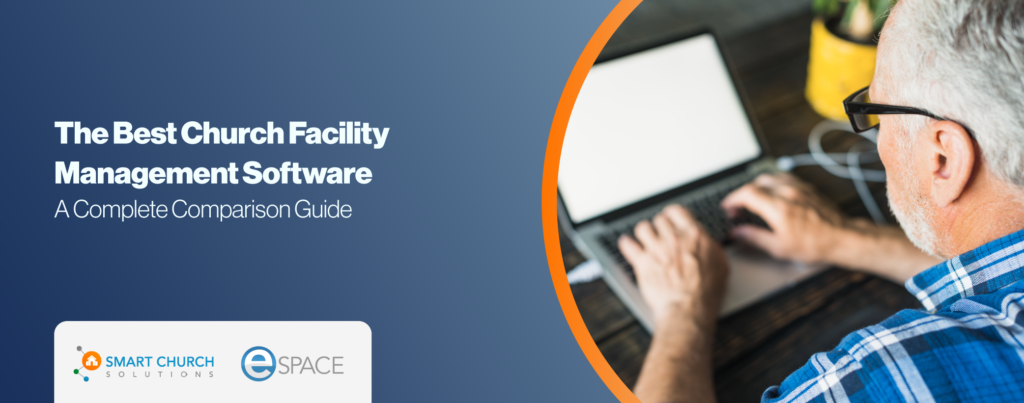When my father was a pastor there were only a few data points (they did not call them than in the 1960’s-1980’s) that were relevant:
- Weekly attendance
- Weekly offering
- Salvation/Baptism
Beyond that, there was not much science or data available or even sought after that would help a church plan for its impact, growth or longevity.
Not so today.
According to Brett Herzog, Director of Product Management – Analytics at ACS Technologies:
“We find that churches are increasingly moving to include data in their decision making. They recognize that data helps strip away the “noise” – the assumptions, biases and traditions – to help see a situation more clearly and to ultimately make the best decision.”
“Are our programs really bringing about the results we think they are? Is our community actually made up of who we think it is?” Utilizing data analysis doesn’t replace anything or anyone – but it provides a rich source of context and wisdom that supplements the decision making processes churches use today.
The other great benefit data analysis holds for the church is the cascading impact it has on resources and stewardship. Solutions that provide easily accessible, easy to understand, actionable insights on areas like managing facilities, congregant and community demographics, and volunteer management enable the church to make informed decisions more quickly and put resources into the areas that matter most for their church and community.”
In addition, here is a quote from Melissa Jensen, Digital Integration Manager, Vienna Presbyterian Church:
“The data and analytics in Realm is a great tool in our toolbox that makes us better at doing ministry. We want to grow disciples, and the first step to growing disciples is to move them out of the pews to personal spiritual growth and serving others. And with good data, we know that we will be able to do just that.”
Data is critical. Most of us live and die by it as it relates to our businesses, our personal finances, our kids batting averages, the stock market…and now…our church. Let me be clear…we are not saying that data is replacing the gospel or the Holy Spirit. What we are saying is that in our current culture and technological age, there is so much more data that can assist us in making more informed decisions. Data is everywhere and is readily available to be gleaned, analyzed and implemented as deemed appropriate.
With that as the backdrop as well as the scarcity of good church facility management data, Smart Church Solutions conducted a nationwide benchmarking project to evaluate multiple data points related to the care, maintenance and management of our church facilities.
Data collection occurred through a survey sent nationally through multiple outlets. Once we qualified the data for accuracy and completeness, we analyzed the results. In the study, we worked with both the complete set (meaning All Respondents combined) as well as evaluating the square footage sub-sets when possible.
Using the data, we have a reasonably clear understanding of the median expenditures per square foot and time spent on tasks for facilities ranging from less than 30,000 square feet to over 200,000 square feet. In fact we had some respondents that were close to 10,000 square feet and others over 400,000 square feet. Given this wide spread, we have broken down many of the results by size of campus.
The process began with the assumption that collecting data from as many churches as possible would ensure the best opportunity of creating a realistic benchmark for all churches as well as the ability to consider smaller subsets of church size for more in-depth analysis.
To collect the data, the authors created an anonymous survey and distributed it across several channels over several months. Of the surveys received, the authors were able to qualify 70% during the review of answers. Qualification of responses included verification of the completeness of the survey, correct input type for responses requiring figures, and reasonable consistency across the 50-page survey.
Data analysis across the whole of the qualified responses created a baseline for comparison of the square footage sub-sets. Cost (or expenditure) per square foot is the preferred method of benchmarking rather than an annual budget number. The yearly budget may fluctuate, and in times of lean giving the budget may adjust by a percentage. The size of the facility, however, does not vary by “percentages” each year. The square footage will remain constant, along with the design of the function of the systems supporting your square footage. To realistically evaluate your facility expenditures, both current and from year to year, organizations should consider expenses per square foot.
This report focused on the following areas related to facility stewardship:
- Utility Information
- Staffing Information
- Custodial Services
- Maintenance Services
- Custodial and Maintenance Annual Cost
- Total Annual Facility Costs, to Include Staffing
- Back-Charging for Events
- Capital Reserves
- Break-out of Custodial and Maintenance Supplies
- Custodial/Maintenance Percentage On-task
- Custodial Items
- HVAC Costs and Information
- Additional HVAC Information
- HVAC Controls and Integration
- Electronic Access Control
- Other Automation in Use
- Landscaping
Below are examples of just a few of the dozens of graphs and charts that were developed from the data obtained. You are going to want to download the report to see the entire report.



This is the only report of its kinds exclusively for churches, so make sure you get your FREE copy today. Click HERE to download this incredible tool.








